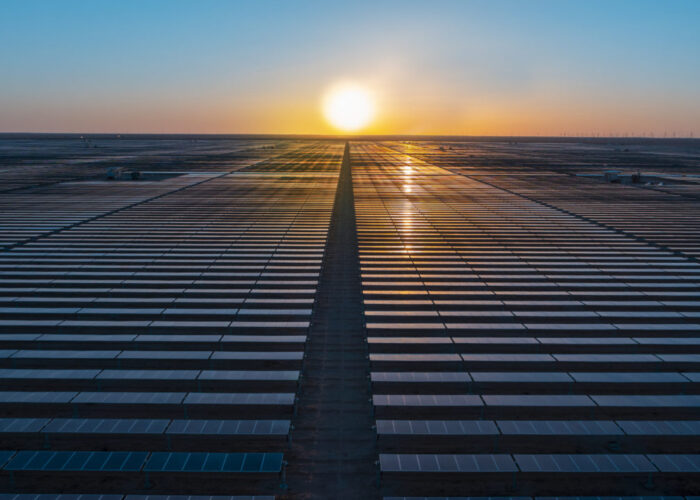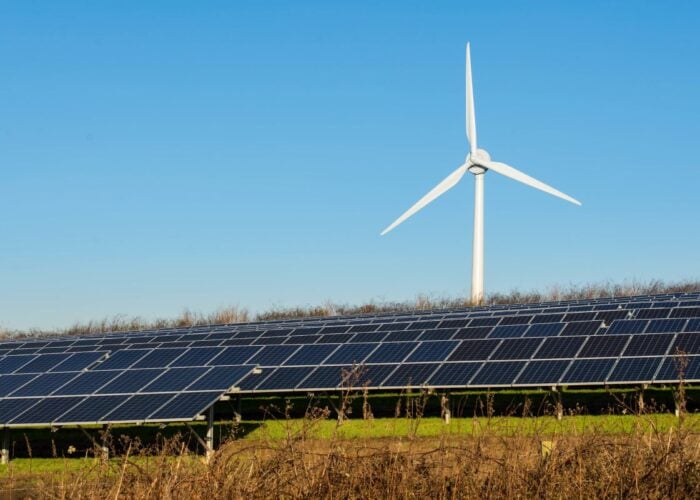Polysilicon demand is increasing sharply on the back of expected global end market demand reaching 49GW in 2014, according to NPD Solarbuzz.
The market research firm expects demand for polysilicon to increase by 25% in 2014, equivalent to a further 282,000MT required, which includes both solar and semiconductor demand.
Unlock unlimited access for 12 whole months of distinctive global analysis
Photovoltaics International is now included.
- Regular insight and analysis of the industry’s biggest developments
- In-depth interviews with the industry’s leading figures
- Unlimited digital access to the PV Tech Power journal catalogue
- Unlimited digital access to the Photovoltaics International journal catalogue
- Access to more than 1,000 technical papers
- Discounts on Solar Media’s portfolio of events, in-person and virtual
Recently, Bernreuter Research reported that global polysilicon output in 2013 decreased to approximately 228,000MT, a 4% decline from 238,000MT in 2012. Approximately 135,000MT of polysilicon production had been lost since 2011, due to prices falling below production costs on the back of major overcapacity and a large number of new entrants, primarily in China over the last five years.
However, Bernreuter Research expects as much as 66,000MT of new low-cost polysilicon capacity could come on stream in 2014.
Major polysilicon producers cut production in 2012/13 to reduce overcapacity though many have yet to return to full utilisation, indicating increased demand could be met from higher utilisation rates and new capacity additions already ready or near ready to start production in 2014.
Yet, NPD Solarbuzz noted that it can take three to six months after polysilicon is produced for it to be converted into wafers and cells, and then shipped as finished modules through distribution channels for installation.
As a result, the lead times can skew polysilicon demand higher than module demand, particularly in a rapidly expanding market as project by the market research firm in 2014.
“Conversely, the amount of silicon required per watt at the module level has been declining steadily each year,” said Charles Annis, vice president at NPD Solarbuzz. “Solar supply chain companies have lowered the number of grams-per-watt by reducing wafer thickness and kerf loss, increasing yields in all manufacturing steps, reducing module loss, and continuously raising panel efficiency.”
NPD Solarbuzz said that the average amount of silicon used in a solar module is expected to fall by 55% from 2005 through to the end of 2014, reaching approximately 5 grams per watt.
However, in periods of low polysilicon prices, wafer thickness and kerf-loss reduction strategies can slow or stop altogether. Previous editions of the ITRPV expected wafer thicknesses to have been reduced to 160 microns by the end 2013. Yet the 2013 edition of the ITRPV acknowledged that would not happen as the vast majority of wafers remained around 180 microns thickness.
NPD Solarbuzz did note that the reduction in silicon consumption for solar wafers was expected to continue, though at a slower rate, citing the “material reduction steps implemented to decrease polysilicon consumption have now been exhausted”.
Significantly, due to the continued higher costs associated with monocrystalline wafers, thickness rates continue to decline, especially for leading n-type mono wafer users such as SunPower.
NPD Solarbuzz echoed projections from Bernreuter Research that increased production of polysilicon would support end-market demand for the PV industry, indicating polysilicon prices would not impact overall cost reductions in 2014.







